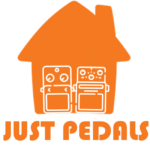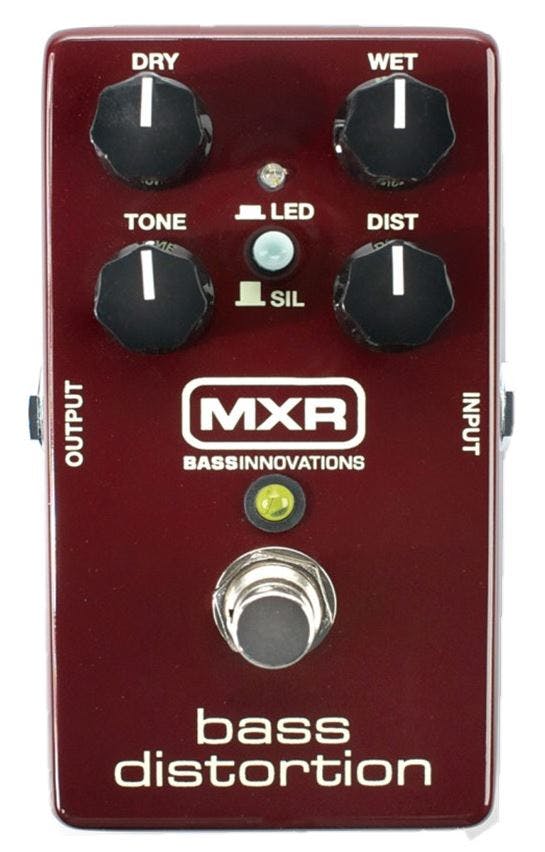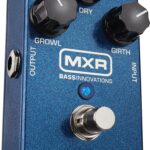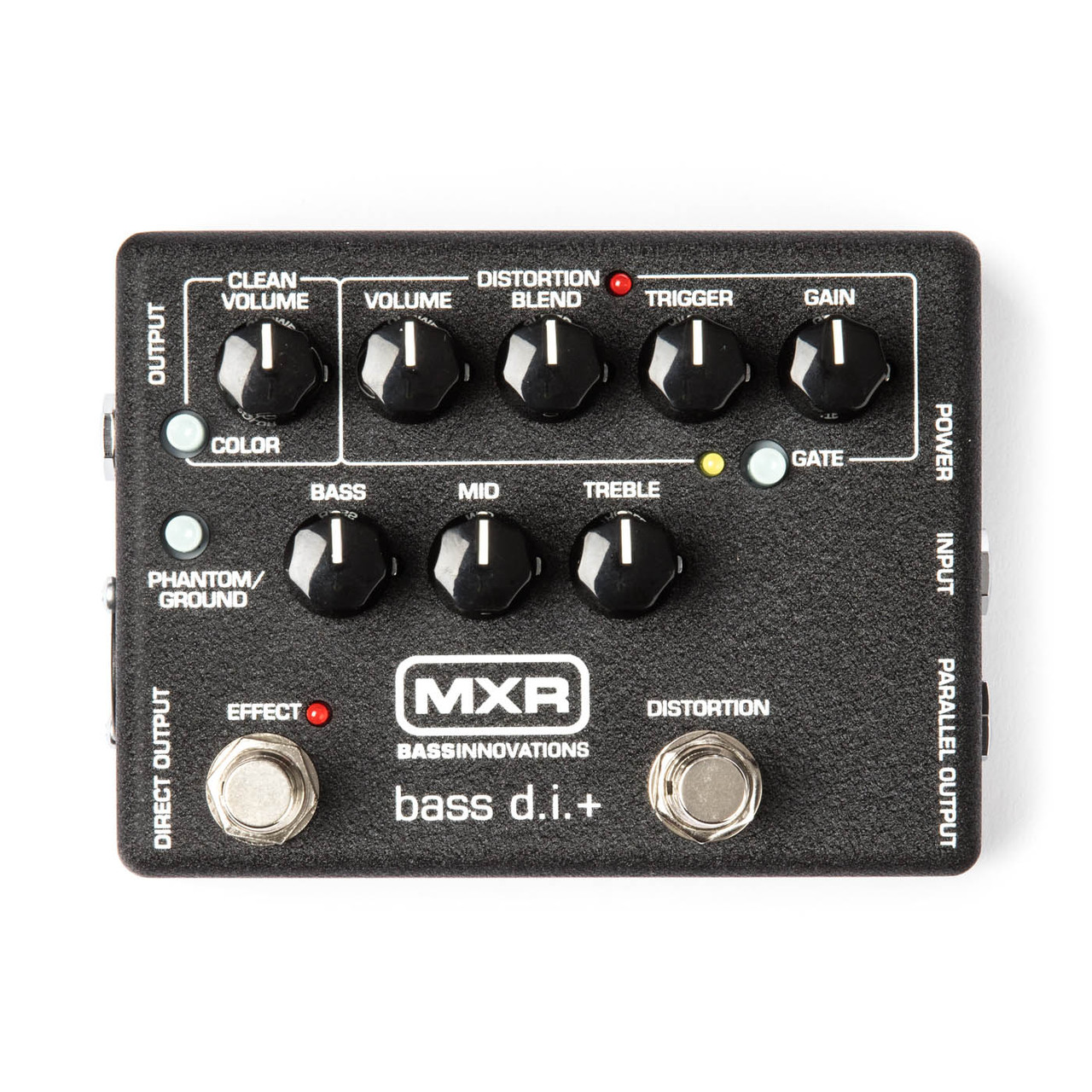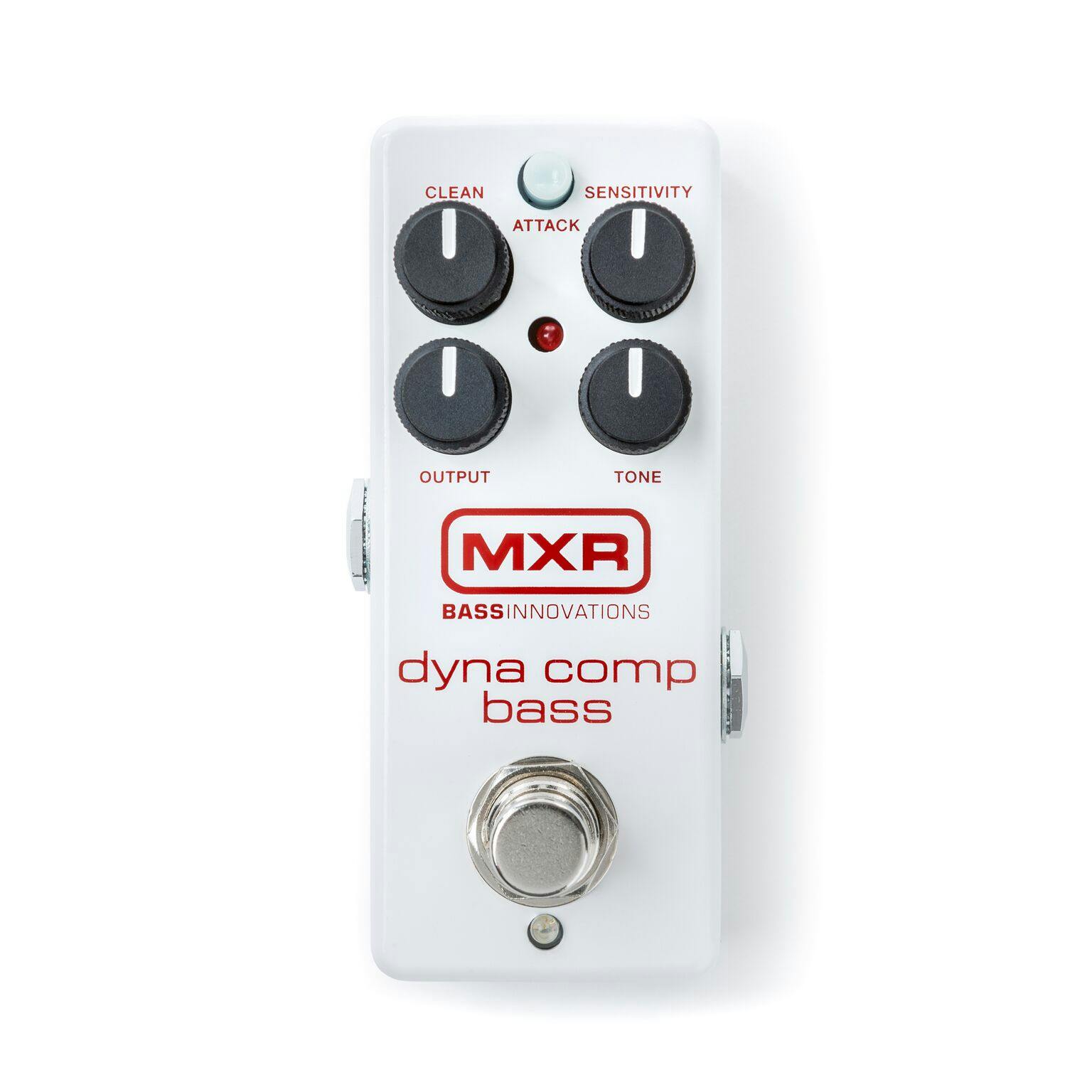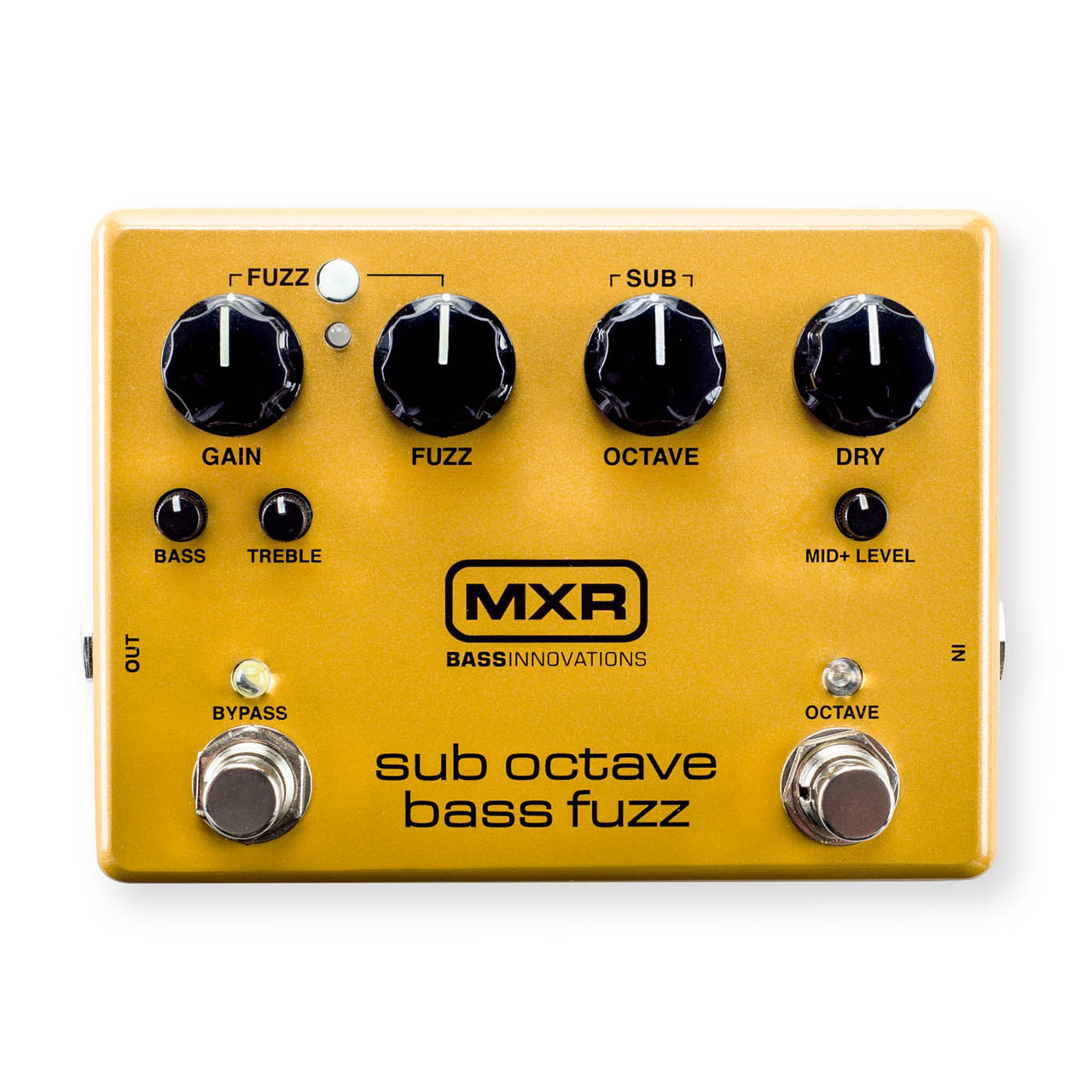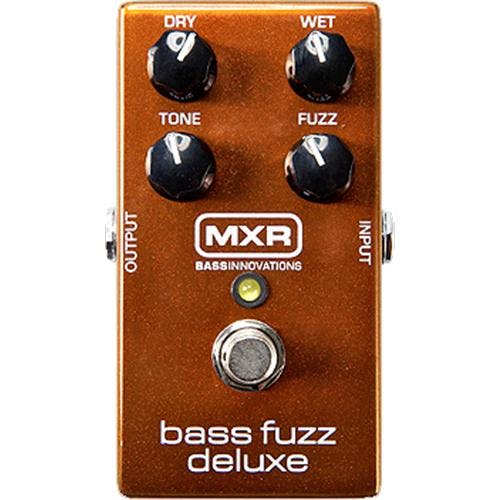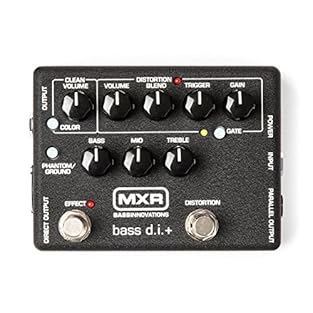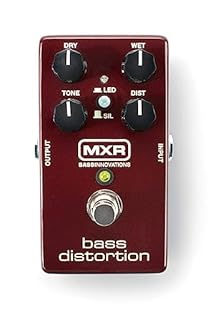Tasty Pedals made by MXR
MXR is a renowned manufacturer of guitar effects pedals and audio electronics, recognized for their classic designs and high-quality sound. Established in the 1970s, MXR has played a significant role in shaping the landscape of effects pedals, producing iconic units that have become staples in countless musicians’ rigs. The company’s pedals are celebrated for their rugged construction, intuitive controls, and versatile tones, making them popular among guitarists and bassists across genres.
MXR’s product lineup encompasses a wide range of effects categories, including distortion, delay, modulation, and more. Some of their most notable pedals include the Phase 90 phaser, the Dyna Comp compressor, and the Carbon Copy analog delay, all of which have earned legendary status among players for their distinctive sound and reliability. With a legacy of innovation and a commitment to quality, MXR continues to be a respected name in the world of guitar effects, inspiring musicians to explore new sonic possibilities and express themselves creatively.
Just Pedal Ingredients.
Bass — In the realm of guitar effects, “bass” pedals are designed specifically for bass guitars, enhancing their low-end frequencies and allowing bassists to shape their tone and explore new sonic possibilities. These pedals cater to the unique characteristics of the bass guitar and provide various effects to modify its sound. For instance, overdrive and distortion pedals add gain and saturation, giving the bass a gritty or distorted tone. Compression pedals help even out dynamics by smoothing out the volume of loud and soft notes, resulting in a consistent and punchy sound. EQ pedals enable bassists to sculpt their tone by boosting or cutting specific frequencies, allowing them to emphasize certain parts of the sound or compensate for room acoustics.
Other popular bass effects include envelope filters, which produce dynamic filter sweeps in response to playing dynamics, adding rhythmic groove to bass lines. Octave pedals generate harmonies one or two octaves below the original note, creating a fuller and more powerful sound. Modulation effects like chorus, flanger, and phaser add depth and movement by modulating the pitch or phase, creating swirling textures and enhancing the overall presence of the bass line. Lastly, delay and reverb pedals introduce ambience and spatial depth, adding echoes and reflections that enhance the sense of space in music. These diverse effects allow bassists to expand their sonic palette and express their creativity in numerous ways.. Distortion — Distortion pedals take your clean guitar signal and transform it into something bigger, bolder, and full of attitude. By clipping the waveform, they add sustain, bite, and aggression, creating that thick, compressed tone that’s powered rock music for decades. From the growling crunch of classic hard rock to the tight, saturated roar of modern metal, distortion is all about energy and presence. It gives every note weight and authority, pushing your amp to its limits and beyond.
There are countless flavours of distortion, each with its own texture and edge. Some sound smooth and creamy, others raw and gnarly like tearing fabric. It’s the sonic equivalent of turning up the heat until the sound cooks — rich, sizzling, and perfectly seasoned to taste. Whether used for rhythm muscle or soaring leads, a good distortion pedal doesn’t just add volume; it adds personality, grit, and that unmistakable sense of power under your fingers.. Pedal — Your pedal is like a signature dish for your sound — a flavour-packed creation that transforms the bland ingredients of your guitar into something unforgettable. Each one adds its own seasoning, texture, and heat, turning a simple meal into a feast of tone.
These tasty little boxes sit in a row, like plates on a buffet, letting you mix and match flavours as you play. With one tap of your foot, you can swap sweet for spicy, subtle for smoky, and serve up something completely new. From the comfort food of warm overdrive to the fiery kick of fuzz, from smooth jazz sauce to heavy-metal spice, pedals give players a full menu of options to express their taste. And just like with food — once you’ve tried one dish, you’ll want to sample them all.
Collecting, trading, and discovering new flavours soon becomes part of the joy of being a tone-loving gourmet geek with a guitar..
